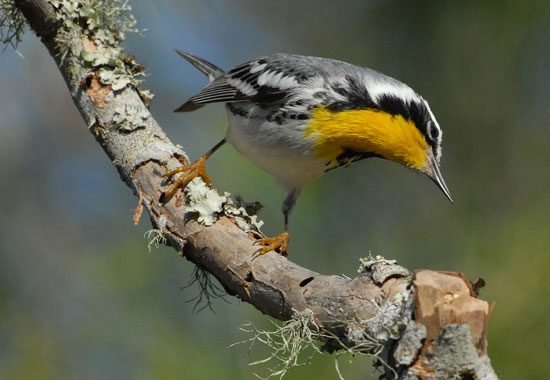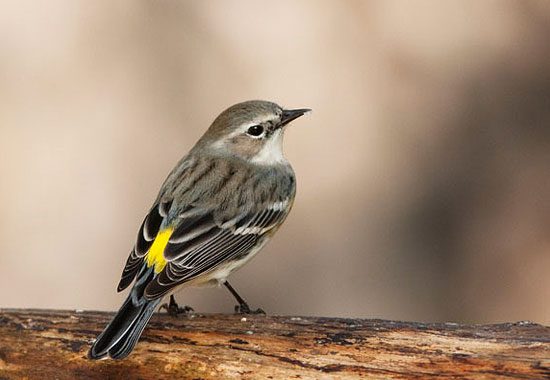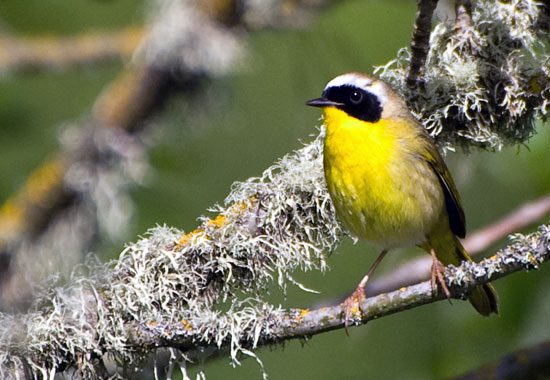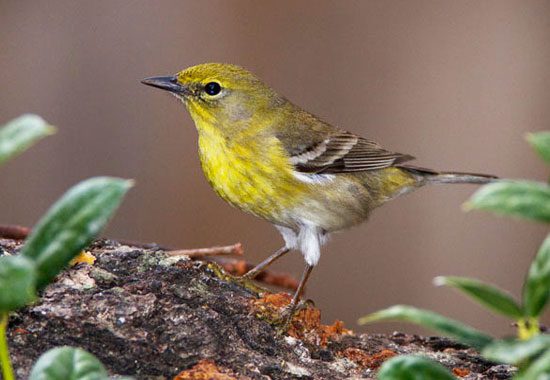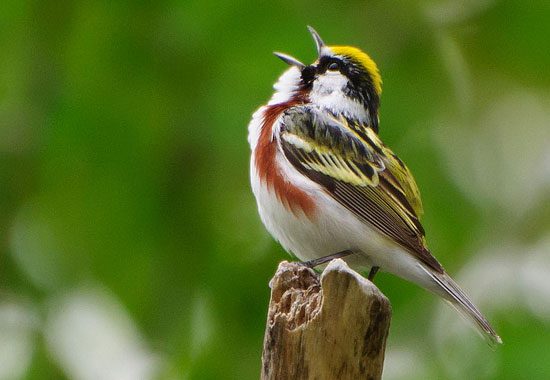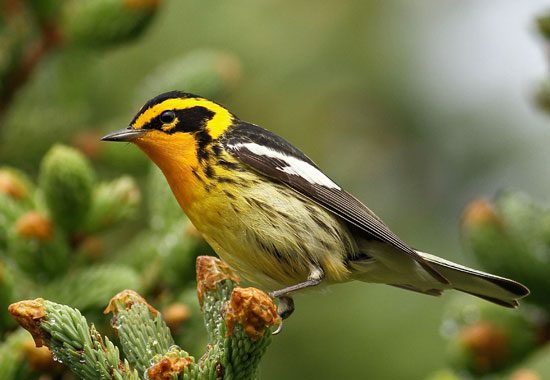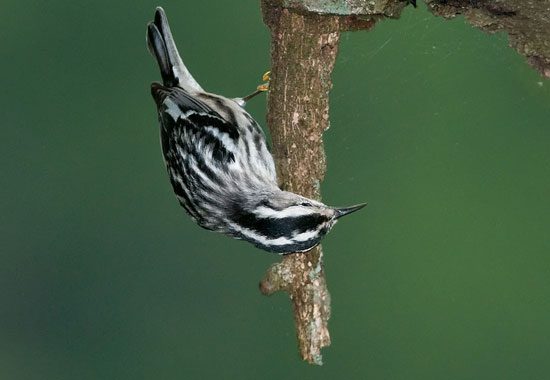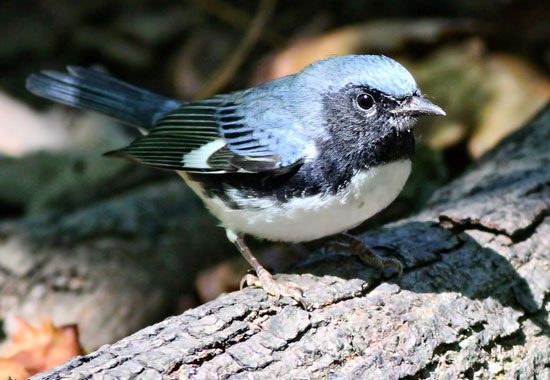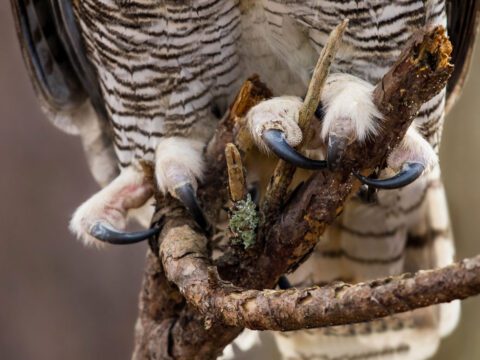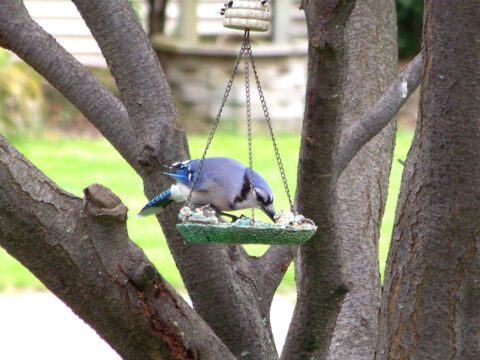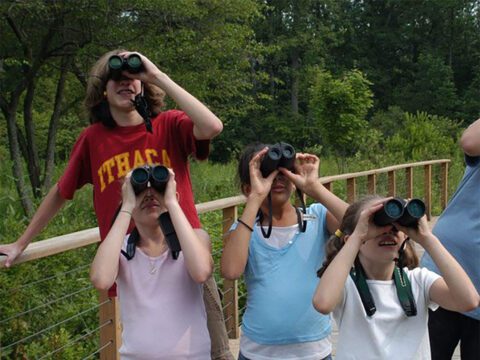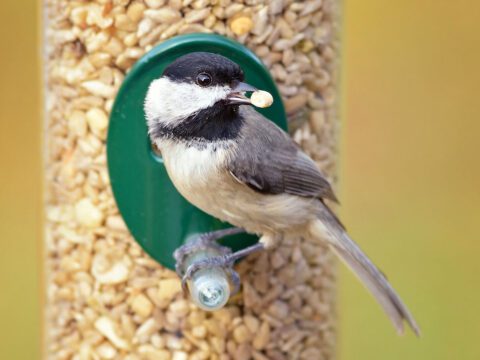Birders: The Central Park Effect
By Pat Leonard July 11, 2012
Yellow-throated Warbler by Simon Tan. 
Yellow-rumped Warbler by Richard Lee. 
Common Yellowthroat by George Gentry/USFWS. 
Pine Warbler by Richard Lee. 
Chestnut-sided Warbler by Jim McCree via Birdshare. 
Blackburnian Warbler by Luke Seitz. 
Black-and-white Warbler by Kelly Colgan Azar via Birdshare. 
Black-throated Blue Warbler by Bill Benish via Birdshare.
HBO is airing a documentary that should make bird watchers do the unthinkable: put down their binoculars and head for the TV set. You’ll be amply rewarded. “Birders: The Central Park Effect,” directed by Jeffrey Kimball, follows an eclectic group of birders through the seasons as they pursue their passion in New York City’s Central Park.
Central Park? A bird paradise? You bet. Despite the fact that everything about the 843-acre park is man-made (except for the glacier-strewn boulders) it is a magnet for birds migrating up and down the East Coast. It’s one of the few green spaces where birds can rest and refuel on their grueling journey. This is the “Central Park Effect” explained in the documentary by one of the experts in the film, Cornell Lab of Ornithology director Dr. John Fitzpatrick.
One hundred species can be seen in the park during spring migration in April and May. And you will see them in this film–gorgeous video of colorful migrant warblers all shot within Central Park, no stock footage. The film captures magic moments of discovery and rediscovery. Even when a bird has been seen before, there’s something special about seeing it for the first time when another spring rolls around.
The film is narrated by the birders themselves and, combined with music and bird sounds, can be a serene, almost meditative experience. Even the hard-driving, fast-paced New York City lifestyle gives way before the gentle pleasures of bird watching. Walking through the park, author Jonathan Franzen describes his reaction when he was handed a pair of binoculars and saw what he was missing: “It was like the trees were hung with ornaments,” he says. “It was one of those rare times in an adult’s life where the world suddenly seems more magical rather than less.”
One of the key players in the film is Starr Saphir who has been leading bird walks in the park for 40 years. Saphir has been diagnosed with terminal breast cancer and your heart aches when she wonders aloud if she is seeing a particular bird for the last time. There is a new urgency to her walks as she waits to see the “light go on” when people recognize a bird. She says, “Birding makes you forget about yourself for a while and gain perspective about your place in nature. We watch birds, perhaps, because we feel the wildness slipping away and birds are a bright, visible link to the wild.”
Ultimately, this documentary is about the effect of green spaces on the birds and about the effect birds have on us. It is about the persistence of nature, despite our best efforts to pave it over. But it is also a call to preserve our green spaces and create more of them before dwindling species lose a foothold in this world entirely and we lose one of our most accessible bridges to the natural world.
The film will appeal to and move people who already watch birds and may help non-birders “get” why we’re so passionate about it. A few may fall asleep in the recliner, but they’ll do it to the sounds of birds singing sweetly.
If you liked the movie, check out these posts for more:

All About Birds
is a free resource
Available for everyone,
funded by donors like you
American Kestrel by Blair Dudeck / Macaulay Library
